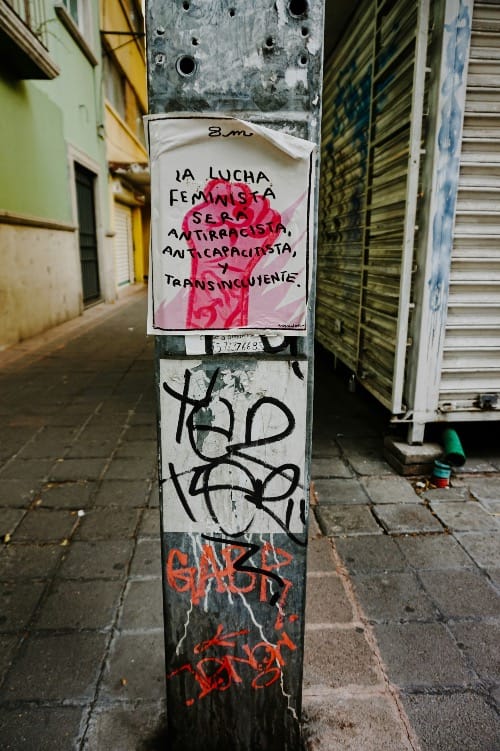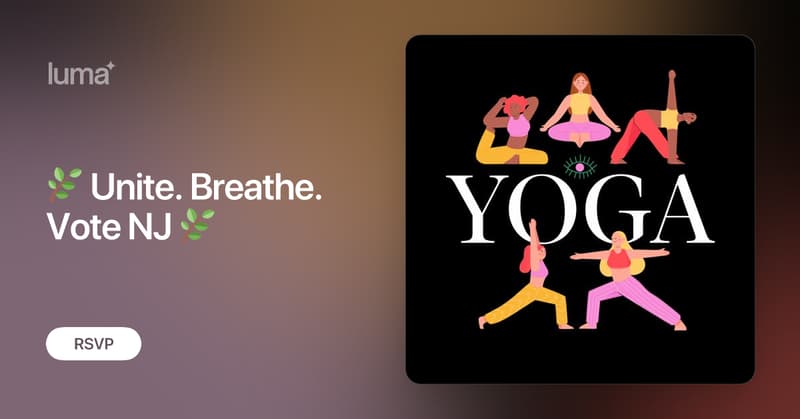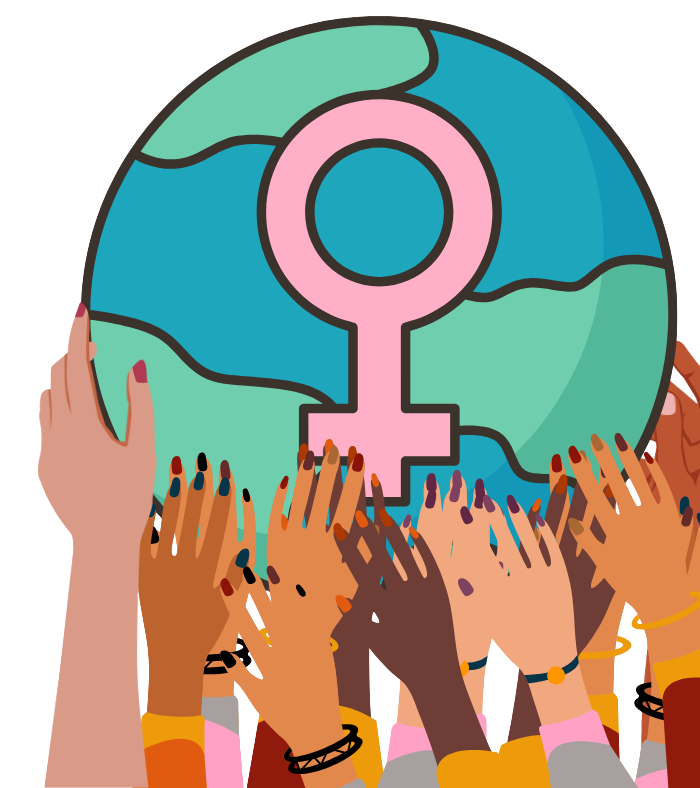In an era marked by escalating global stress, communities worldwide grapple with polarization, economic instability, social fragmentation, and mental health crises. Physical group activity that employ prosocial methods can be a powerful tool. One tool is yoga, which, if used mindfully and with prosocial methods in mind can foster collective resilience.

Beyond its reputation as physical exercise, yoga offers a holistic approach to stress reduction by addressing psychological, physiological, and social dimensions of wellbeing. Yet, we don’t want to focus on the individual. We need communities and we need our communities to be functional.
Yoga has multifaceted mechanisms—from calming the nervous system to strengthening functional communal bonds—owing to its roots and methods it is uniquely suited to alleviate stress —at the community level.
Yoga if done with conscious intent CAN create community and alleviate community stress.
Community stress arises when shared adversities—such as economic hardship, environmental disasters, or social inequities—overwhelm a group’s coping resources. Unlike individual stress, it spreads contagiously, eroding trust and cohesion. For instance, a factory closure may trigger unemployment, familial strain, and mental health declines across town.
While over policing is a tool to exhaust people to prevent them from fighting back, economic oppression and exploitation is another.
Yet, what do we do?
Such collective stress demands collective solutions. Traditional approaches often focus on individual interventions, but amplifying yoga’s communal nature aligns with the need for systemic, inclusive strategies to rebuild societal resilience.
Healing TOGETHER is a political act.
Yoga’s impact on mental health is well-documented. Studies, including a 2023 meta-analysis by Wu et al., demonstrate significant reductions in anxiety and depression symptoms among regular practitioners. This stems from yoga’s ability to enhance emotional regulation by strengthening the prefrontal cortex while dampening amygdala hyperactivity, the brain’s fear center.
Mindfulness practices within yoga also reduce rumination, a key driver of chronic stress. Neurobiological changes, such as increased serotonin and GABA production, further stabilize mood. By fostering present-moment awareness, yoga disrupts the cycle of stress-inducing thoughts, empowering individuals to respond to challenges with clarity.
Yoga’s physiological effects are equally transformative. Cortisol levels drop by up to 30 percent after a single session, while heart rate variability (HRV)—a marker of autonomic resilience—improves with sustained practice. By activating the parasympathetic nervous system, yoga shifts the body from “fight-or-flight” to “rest-and-digest” mode, lowering blood pressure and improving sleep quality. A 2023 study on Hatha yoga found older adults experienced 22 percent longer deep sleep cycles, directly combating stress-related insomnia. These physical benefits create a positive feedback loop: reduced bodily tension alleviates mental strain, enabling communities to function more cohesively.
People who are able to regulate externalities EXTENDS yoga’s power well beyond individual well-being to strengthen the social fabric.
Group classes can create spaces for shared vulnerability, breaking down isolation. A 2024 Acta Psychologica study revealed that participants in community yoga programs reported 40 percent higher social connectedness scores than control groups. This bonding arises from synchronized movement, non-verbal empathy, and collective intention. Over time, these interactions foster trust and cooperation, which are essential for resilient communities.
For marginalized and historically excluded groups, such as transgender, women (women are marginalized, even white ones), immigrants, and economically oppressed populations, yoga studios CAN become sanctuaries of belonging.
Effective community-oriented yoga programs prioritize inclusivity. This is why, even in my economics classroom, I cultivate non-competitive atmospheres where all ideas, perspectives, and abilities are celebrated.
But this is not only me. Trauma-informed teaching can ensure emotional safety, while peer support mechanisms—such as accountability partnerships—deepen engagement. For example, workplace yoga programs in Silicon Valley have reduced employee burnout by 35 percent by combining physical practice with group reflection sessions. We can use these methods in social justice.
Yoga no longer needs to be a weapon —to make capitalism more efficient or amplify ableism, it can be a tool of pro-sociality that reconnects community members. This mindset transforms yoga from a solitary act into a communal healing ritual.
If you are in New Jersey, come to our first community yoga class! Democracy is our path!
In warm solidarity,
Lo





